By Sydney Straschnov, American Forests
It is evident that even from a young age, children are impacted by what they see on television and in movies, which often hold important life lessons or messages that stay with a child as they grow up. We’ve showcased 10 movies that can inspire the next generation to appreciate nature and the environment and foster a desire to protect our planet — a vital course of action if global conservation efforts are to continue in the future.
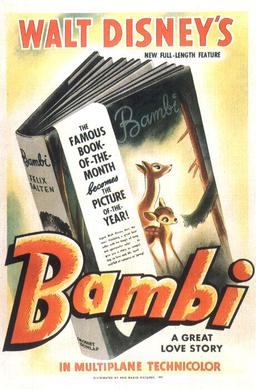
Possibly the most well-known movie to appear on this list, and the fifth film created by Walt Disney, Bambi highlights the struggle of animals to survive while competing with both the elements and humanity. The story, based on the book Bambi, A Life in the Woods by Felix Salten, is told from the perspective of a young deer destined to one day follow in his father’s footsteps and become the Great Prince of the Forest. When his mother is shot and killed by a hunter, Bambi is raised by his father, who teaches him what it means to be the protector of the forest and its inhabitants.

A classic family film, this 1992 adaption of the book by Diana Young follows the story of Crysta, a fairy living deep within a mysterious part of the Australian rainforest called FernGully. Formally free from human intervention, FernGully is threatened when lumberjacks arrive and cut down a tree that releases the evil pollution spirit Hexxus. Crysta befriends one of the humans, Zak, and together they fight to save the forest from destruction.

Set in the future, humanity has destroyed the planet and have retreated to the stars, leaving thousands of Waste Allocation Load Lifter Earth-class robots to make the planet livable again while they’re gone. After 700 years, only one robot, named WALL-E after his acronym, is left and is found to have developed a personality (as well as a hoarding problem). His life is thrown into disarray when another robot, EVE, descends from space and accidently takes him to the humans’ space ship. His presence leads to the discovery that life can once again be sustained by the Earth, allowing the humans to return and start anew.
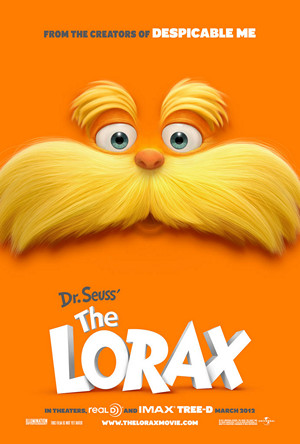
In this recent adaptation of the beloved Dr. Seuss book, the Lorax, a bright orange spokesperson who speaks for the trees, appears to a young man who has journeyed far to seek his fortune. Years later, the now old man, dubbed the Once-ler, tells his story to a boy named Ted, who wishes to know why there are no longer any trees. Ted learns through the Once-ler’s tale that greed and ambition led him to cut down all the trees to build his business, and that once all the trees were gone, the Lorax was forced to leave with the local wildlife. The Once-ler ends his story by telling Ted that it is now up to him to reforest the area, starting with the one seed the Once-ler has left.
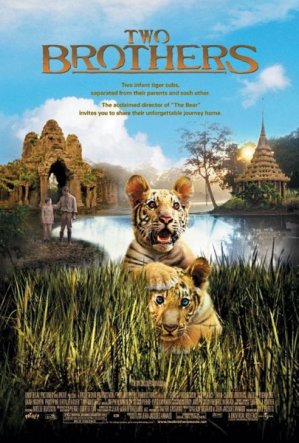
An adorable and emotional film about the lives of two tiger cubs in India who are separated when a hunter kills their father. The hunter takes one of the cubs, Kumar, while the other escapes with his mother. Later, when the mother is shot and assumed dead, the second cub, Sangha, is adopted by a young boy. Years pass and we find the tigers still separated, with Kumar now living and performing at a circus and Sangha owned by a wealthy prince. Eventually the two find each other again when they are forced to fight for the amusement of the prince, and make their escape back to their forest home where they find their mother alive and well.
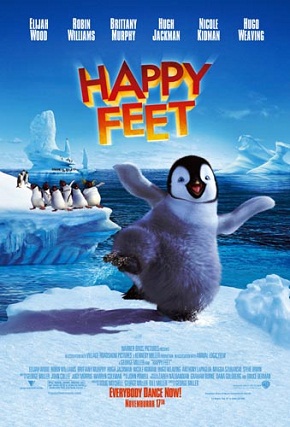
Happy Feet follows the story of a young emperor penguin named Mumble, who, unlike the rest of his kind, cannot sing and must learn how to express himself in his own way: through dance. Although it is not immediately apparent that there are any environmental problems in the movie, subtle hints suggest that something is wrong as the penguins find it harder and harder to catch enough fish to survive. When Mumble is later captured, tagged and set free again by scientists, they follow him home where they become aware of an over fishing problem and move to correct it.

Based on the true story of George and Joy Adamson and their lives in Kenya, this movie tells the amazing tale of Elsa, the orphaned lion cub who was raised in captivity and eventually released back into the wild. Emphasizing the rocky relationship between lions and people in Kenya, the film highlights the roles both humans and wildlife play in maintaining the balance of the ecosystem.
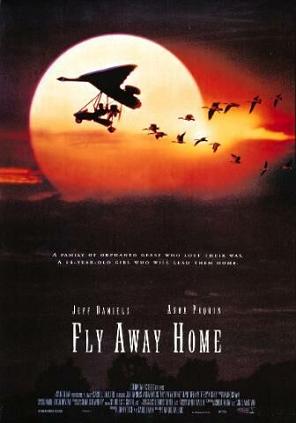
After her mother is killed in a car crash, a young girl named Amy finds herself traveling halfway around the world to live with her father, whom she hasn’t seen in 14 years. Soon after moving in, Amy discovers an abandoned nest of bird eggs that eventually hatch into a gaggle of baby geese. However, Amy and her father are soon faced with a problem: While the birds must migrate south if they are to survive on their own, they have imprinted on Amy and refuse to leave her. The pair devise a plan to fly along the migration route in a small airplane that resembles a goose and lead the geese to their winter home.

Definitely for older children, Princess Mononoke is a Japanese movie written and directed by renowned filmmaker Hayoa Miyazaki in partnership with Studio Ghibli. This animated masterpiece is one of the highest grossing films to be released in Japan, second only to Titanic. Set in the Muromachi Period of the mid-14th to late-16th centuries, the movie accompanies the young warrior prince Ashitaka as he finds himself in the middle of a war between humanity and the gods for the resources of the forest. After meeting the wolf goddess and her adopted human daughter Princess Mononoke, Ashitaka is torn between his duty to mankind and the beauty of the natural world and its spirits.
A dark addition to the Studio Ghibli collection, this movie was dubbed in English and released in the United States in 1999, increasing the popularity of Ghibli outside of Japan.